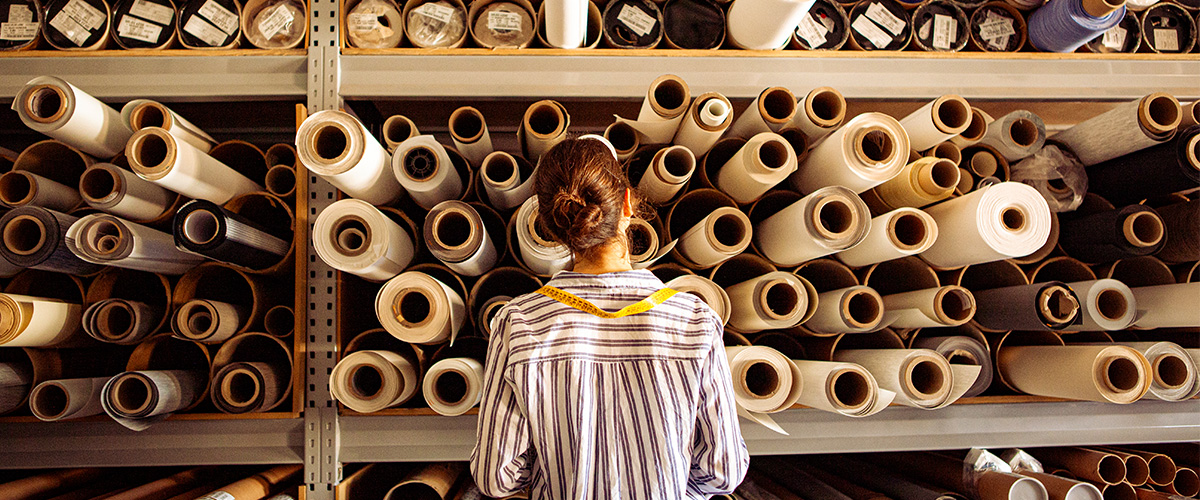As 2025 continues, the textile mills sector continues to lead manufacturing growth.
However, the international business climate, shaped by evolving trade policies, presents notable uncertainties that could significantly impact the industry’s trajectory. Atradius Senior Underwriter, Marjorie Weinberg provided an update taking into account these new obstacles for 2025. Read our textile blog from last year to compare growth.
Policy Changes and Industry Disruption
Recent trade policies, including universal tariffs on imports, targeted increases for specific countries, and the closure of the de minimis exemption, are reshaping the US textile industry. An outdated de minimis provision allows 4 million daily shipments of low-cost imports to flood the market, benefitting certain e-commerce platforms and tariff evaders. These imports—often illegal—pose competitive challenges for domestic manufacturers. The new measures are expected to raise material costs, driving up consumer prices and straining the competitiveness of US fashion brands in an already turbulent market.
Impact on Retailers and Consumers
Retailers, particularly apparel and footwear businesses, are bracing for rising costs and a challenging outlook. Profitability is under pressure as tariffs take effect, with apparel prices projected to increase by 64% in the short term and remain 27% higher over time. Though clothing and footwear account for only 5% of total US imports, they make up 25% of all duties. This disproportionate impact further highlights the vulnerability of these sectors.
Restructuring Supply Chains
Restructuring supply chains pose major challenges, especially for complex products like footwear. Companies face hurdles in maintaining quality while managing rising costs. The rising costs threaten profitability, requiring companies to either increase prices or secure concessions from vendors. Inflation may rise between 3.5-4% due to higher tariffs, squeezing manufacturers’ margins and affecting competitiveness. Some companies may reduce production, scale back operations, or relocate, potentially leading to job losses and supply chain disruptions.
Global Supply Chains and Fashion Industry Risks
The Asia-centric supply chains of the fashion industry face significant disruption. Key producing regions such as China, Bangladesh, Vietnam, Pakistan, Taiwan, and India are heavily impacted, affecting both mass-market and luxury fashion. To navigate rising costs, companies are seeking alternative sourcing locations and renegotiating supplier contracts. However, shifting production introduces the risk of contractual disputes and operational challenges, complicating efforts to adapt.
Get in Touch
Looking For a FREE Quote?
Obtaining a free Trade Credit Insurance quote or just some more information is fast and easy! Get in touch with us today.
Get Started Call 800-822-3223Opportunities and Challenges
Despite these tariffs, domestic manufacturing remains limited, accounting for only 3% of apparel sold in the US. Increasing local production faces barriers such as labor shortages, gaps in specialized skills, and insufficient infrastructure.
While some brands have anticipated tariff impacts in their forecasts, the constantly shifting trade landscape complicates long-term planning and strategic decisions.
As the US textile industry navigates these turbulent times, it is crucial for businesses to stay agile and adapt to the evolving trade landscape. While the challenges are significant, there are also opportunities for growth and innovation. By strategically managing supply chains and exploring new markets, companies can mitigate risks and position themselves for long-term success. Stay tuned for more updates and insights from Atradius as we continue to monitor these developments.


